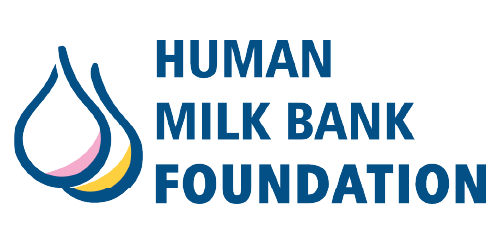Why do we need human milk banks
Human milk banks are professional laboratories that collect breast milk from honorary donors, test it, store it safely and deliver it to babies in need. Thanks to the activities of human milk banks at hospitals, it is possible to feed human milk to children who, for medical or emergency reasons, cannot be breastfed. For newborns who have been hospitalized for a long time, human milk is of special therapeutic importance – it actually saves lives and health! These children are, paradoxically, at risk of being fed formula. Therefore, human milk banks should be regarded as an expression of deep concern for the best possible start in life for the smallest patients, supporting their therapy and taking care of optimal nutrition in spite of objective difficulties resulting from long hospitalization.
For newborns who have been hospitalised for a long time, human milk is of particular therapeutic importance, promoting their health and survival. Unfortunately they are also at risk of formula feeding. Therefore, Human Milk Banks should be seen as an expression of deep concern for the best possible start in life for the smallest patients, supporting their therapy and ensuring optimal nutrition despite objective difficulties resulting from long hospitalisation.
A joint WHO and UNICEF Resolution emphasizes that „human milk from a professional milk bank is the second food of choice for use in newborns and infants after the mother’s own milk” (WHO & UNICEF Join Statement, 1980). The activity of human milk banks is also in accordance with the indications of the AAP (American Academy of Pediatrics, 2012) and the position of the European Society of Gastroenterology, Hepatology and Nutrition (ESPGHAN, 2014).
Human milk banks should be an integral part of the system of post-natal care for mother and child, especially if the newborn requires long-term treatment or breastfeeding by the biological mother is difficult. The activity of milk banks must be seen as creating equal opportunities for all children to access the best food – human breast milk.
There are currently more than 16 human milk banks in Poland, which also support those treatment facilities in the region that do not have such a laboratory.
Establishing a Milk Bank
Educational materials
International code of marketing of breast milk substitute products


